Popular
Smart Home Technology: Philips Hue White
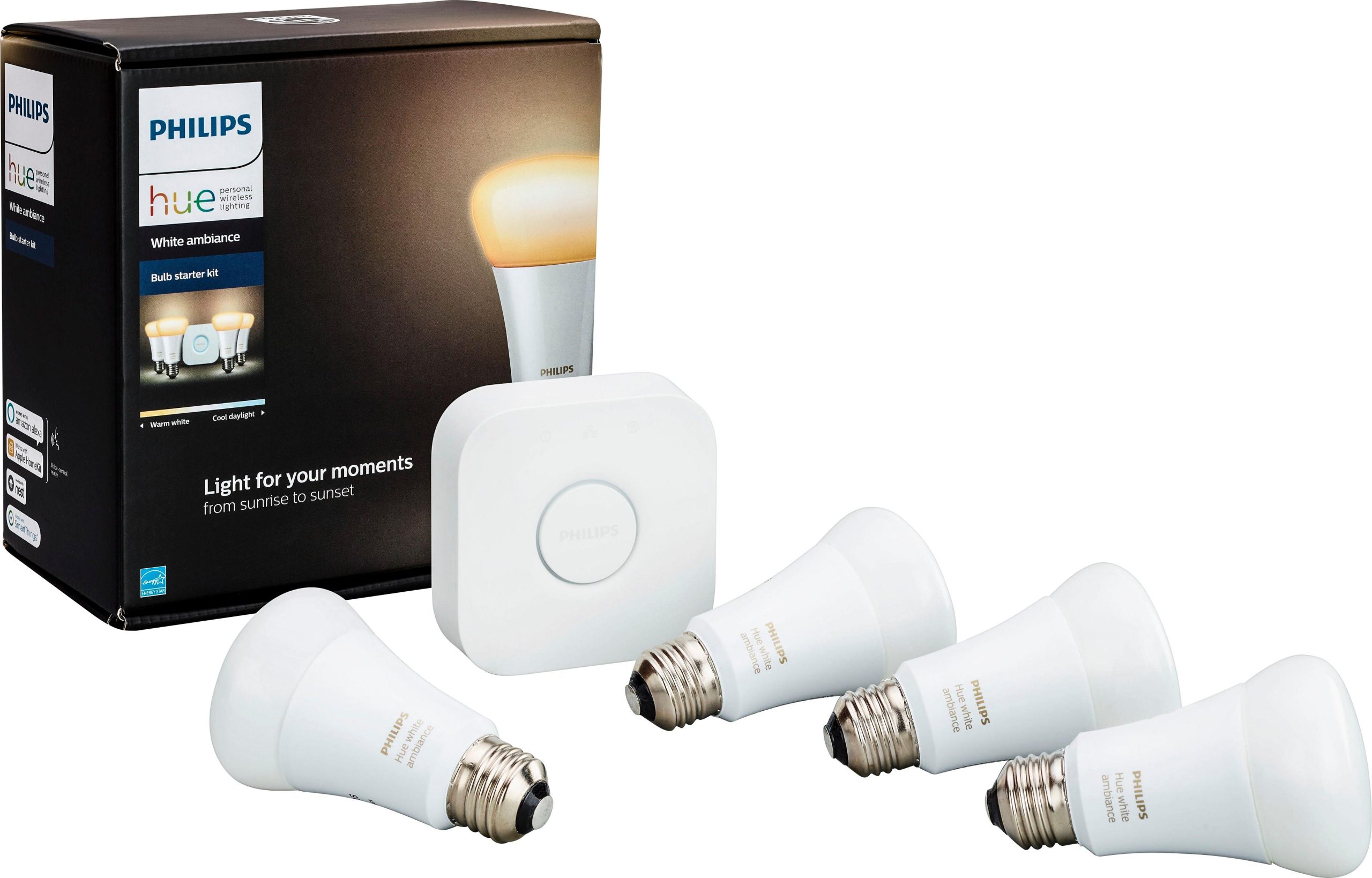
Smart Home Technology: Philips Hue White
Introduction
Smart home technology has revolutionized the way we interact with our homes, making them more convenient, energy-efficient, and secure. As technology advances, the idea of a smart home is becoming increasingly accessible to homeowners. One notable player in the smart home lighting market is Philips Hue White, a renowned brand known for its innovative lighting solutions.
As we delve deeper into the future of smart home technology and the continued evolution of Philips Hue White, several exciting possibilities emerge. Let’s explore some potential scenarios and innovations that might shape the smart home landscape:
1. Enhanced Personalization and Adaptive Lighting:
As smart home technology becomes more sophisticated, Philips Hue White could integrate sensors to detect user presence and adjust lighting accordingly. Imagine walking into a room, and the lights automatically adjust to your preferred brightness and color temperature based on your past preferences. This level of personalization would create a seamless and intuitive smart home experience, catering to individual needs and preferences.
2. Biophilic Design and Circadian Rhythms:
Biophilic design, which emphasizes incorporating natural elements into indoor spaces, has been gaining popularity. Philips Hue White could align with this trend by offering lighting settings that mimic natural daylight throughout the day. Such lighting would not only enhance productivity and well-being but also support circadian rhythms, promoting better sleep and overall health.
3. Energy Harvesting and Sustainability:
Advancements in energy harvesting technologies could play a role in smart home lighting solutions. Philips Hue White might incorporate solar-powered or kinetic energy-powered options, reducing reliance on conventional power sources and further contributing to sustainable practices.
4. Holographic and Projection-based Lighting:
Philips Hue White could explore innovative lighting techniques that extend beyond traditional bulbs and fixtures. Projection-based lighting systems could create dynamic and immersive experiences, allowing users to project lighting effects, patterns, and colors directly onto walls, ceilings, or even objects in the room.
5. Integration with Smart City Initiatives:
As smart city projects gain traction, smart homes will play an integral role in a broader ecosystem of connected urban infrastructure. Philips Hue White could align its lighting solutions with smart city initiatives, contributing to energy-efficient lighting across neighborhoods and supporting initiatives like dynamic street lighting and adaptive urban spaces.
6. Collaboration and Partnerships:
To stay at the forefront of innovation, Philips Hue White might forge strategic partnerships with other technology companies, architects, interior designers, and smart home integrators. Collaborations could lead to new product lines, enhanced features, and creative applications of smart lighting in various settings.
7. Augmented Reality and Virtual Environments:
The integration of augmented reality (AR) and virtual reality (VR) technologies with smart home devices could create exciting possibilities. Users might use AR interfaces to control their Philips Hue White lighting, visualize different lighting scenes, or virtually rearrange furniture to optimize lighting in their homes.
8. Multifunctional Smart Devices:
As smart home ecosystems expand, Philips Hue White might explore the concept of multifunctional smart devices. Imagine a lamp that combines lighting with air purification or a light strip that integrates with audio systems, enhancing both ambiance and entertainment.
9. Gesture and Emotion Recognition:
Innovations in gesture and emotion recognition could allow Philips Hue White to respond to users’ gestures or emotional cues. For instance, a simple hand gesture could change the lighting setting, or the system might detect stress and automatically adjust the lighting to create a calming environment.
10. Social Connectivity and Smart Home Communities:
Smart home users might join online communities or platforms to share and discover new lighting ideas, scenes, and automation routines using Philips Hue White. This social connectivity would foster a sense of collaboration and inspire users to explore the full potential of their smart lighting systems.
Understanding Smart Home Technology
Smart home technology refers to a network of interconnected devices and appliances that can be controlled remotely and automated to perform various tasks. These devices communicate with each other through the Internet of Things (IoT), creating a seamless ecosystem where homeowners can manage their homes with ease.
From lighting and thermostats to security cameras and smart speakers, a wide range of devices can be incorporated into a smart home system. This integration enables homeowners to have greater control over their living spaces, leading to improved energy management and enhanced convenience.
Philips Hue White: An Overview
Philips Hue White is a series of smart LED lighting products developed by Signify, formerly known as Philips Lighting. It is designed to offer a simple and accessible way for users to bring smart lighting into their homes. The product range includes smart bulbs, light strips, lamps, and fixtures that can be controlled using various methods, including smartphones, voice commands, and smart home assistants.
Key Features and Functionality
One of the primary features of Philips Hue White is its ease of use. Setting up the smart bulbs is as simple as replacing traditional bulbs, and the intuitive mobile app guides users through the initial configuration process. The app allows users to adjust brightness levels, set timers, and create lighting schedules based on their preferences.
One of the standout features of Philips Hue White is its compatibility with popular voice assistants such as Amazon Alexa, Google Assistant, and Apple HomeKit. This integration enables users to control their lights using voice commands, adding an extra layer of convenience to their smart home experience.
Another significant advantage of Philips Hue White is the ability to customize the color temperature of the lights. From warm, cozy tones to cool, energizing shades, users can adapt the lighting to suit different activities and moods.
Benefits of Philips Hue White in Smart Homes
The adoption of Philips Hue White brings numerous benefits to a smart home environment. Firstly, the ability to control lights remotely enhances security by allowing users to create the illusion of occupancy when they are away. This can deter potential intruders, making smart lighting an essential component of a comprehensive home security system.
Secondly, Philips Hue White contributes to energy efficiency. Users can schedule the lights to turn on and off automatically, reducing energy wastage. Additionally, the ability to adjust brightness levels helps optimize energy consumption, leading to potential cost savings on electricity bills.
Moreover, Philips Hue White enables homeowners to create personalized lighting scenes for different activities, such as reading, watching movies, or hosting gatherings. These customized settings add ambiance and elevate the overall living experience.
User Experience and Reviews
The user experience of Philips Hue White has generally been positive, with users praising its simplicity and reliability. The mobile app’s user-friendly interface and seamless connectivity with smart home assistants receive high marks. Additionally, users appreciate the wide range of lighting options and the ability to fine-tune the lighting to their preferences.
However, some users may find the initial cost of the Philips Hue White products slightly higher than traditional light bulbs. Nevertheless, many consider the long-term benefits, including energy savings and enhanced convenience, to be worth the investment.
Smart Home Integration
One of the key strengths of Philips Hue White is its compatibility with a variety of smart home platforms and devices. This allows users to create a comprehensive smart home ecosystem by integrating their lighting with other smart devices such as thermostats, door locks, and motion sensors.
For example, users can create automation routines where the lights turn on automatically when the smart door lock detects that someone has arrived home. Moreover, the integration with voice assistants enables users to control multiple smart devices using simple voice commands, streamlining daily routines further.
The Future of Smart Home Technology
The smart home industry is continually evolving, and Philips Hue is likely to keep pace with technological advancements. As smart home adoption continues to rise, we can expect even more innovative features and seamless integration with other smart home products.
The future of smart home technology may see advancements in areas such as energy harvesting, self-learning automation, and increased interoperability among different brands and devices. Additionally, the expansion of smart home ecosystems to include even more household items may become a reality, making smart living a ubiquitous part of modern life.
Conclusion
In conclusion, smart home technology, exemplified by Philips Hue White, offers a plethora of advantages to homeowners. From its easy setup and intuitive controls to its energy efficiency and personalized lighting options, Philips Hue White has proven to be a valuable addition to the smart home landscape.
As technology continues to evolve, the future of smart home technology looks promising, and with Philips Hue White leading the way in innovative lighting solutions, homeowners can look forward to a more convenient, efficient, and enjoyable living experience. Embracing smart home technology not only enhances the way we live but also paves the way towards a more sustainable and connected future.
As the smart home technology landscape continues to expand, Philips Hue White is likely to remain a significant player in the market. With its commitment to innovation and user-centric design, the brand will likely introduce new features and products to meet the changing needs of consumers.
One area where Philips Hue White may see further developments is in the realm of energy efficiency. As sustainability becomes an increasingly critical concern, smart lighting solutions like Philips Hue White can play a vital role in reducing energy consumption. We may see advancements in LED technology, making the bulbs even more energy-efficient while maintaining high-quality lighting output.
Furthermore, as smart homes become more prevalent, interoperability between different smart devices will become increasingly essential. Philips Hue White has already demonstrated its compatibility with major smart home platforms and voice assistants. In the future, we can expect even more seamless integration with a wide array of smart devices from various manufacturers, creating a unified and user-friendly smart home experience.
The concept of self-learning automation may also become more prominent. Smart home systems equipped with artificial intelligence may learn from user behavior and preferences to anticipate their needs. For example, the lighting system could automatically adjust based on the user’s daily routines, enhancing comfort and convenience without requiring explicit commands.
The expansion of the Internet of Things (IoT) will undoubtedly influence the smart home landscape as well. As more household appliances and devices become IoT-enabled, the potential for cross-device communication and automation will grow. Philips Hue White can leverage these advancements to create even more sophisticated and interconnected lighting solutions, contributing to a fully immersive smart home experience.
Moreover, user feedback and community engagement will likely play a vital role in shaping the future of Philips Hue White. As the user base grows, the brand will have access to valuable insights and preferences from consumers, allowing them to refine their products and services continually.
In the long term, we may see an even greater focus on sustainability and environmental impact. Consumers are increasingly conscious of their ecological footprint, and smart home technology, including Philips Hue White, has a role to play in promoting responsible energy usage.
As the world becomes more interconnected, data privacy and security will also remain a crucial aspect of smart home technology. Philips Hue White, like other smart home brands, will need to uphold rigorous security measures to protect user data and ensure a safe and private smart home environment.
However, Philips Hue White has already proven itself as a reliable and user-friendly smart lighting solution. As smart home technology continues to advance, Philips Hue is well-positioned to adapt and lead the way in creating innovative and sustainable lighting solutions. Whether it’s through enhanced energy efficiency, seamless integration with other smart devices, or embracing AI-driven automation, Philips Hue White is likely to remain at the forefront of the smart home revolution.
As consumers embrace the benefits of smart home technology, the demand for intuitive and versatile solutions like Philips Hue White is set to grow. With an eye toward the future, Philips Hue White can continue to enrich our homes, making them more comfortable, efficient, and in tune with our modern lifestyles. The journey towards a truly interconnected and intelligent smart home has only just begun, and Philips Hue White stands ready to illuminate the way.
In conclusion, the future of smart home technology and Philips Hue White is both promising and exciting. As technology continues to evolve, the potential for personalized, sustainable, and immersive smart home experiences becomes limitless. Philips Hue White’s commitment to innovation and user satisfaction positions it as a frontrunner in shaping the future of smart lighting and its integration within smart homes and smart cities.
The journey towards a more intelligent and interconnected living environment is a collaborative effort between technology developers, users, and other stakeholders. By embracing innovation, sustainability, and user-centric design, Philips Hue White will continue to illuminate our homes and pave the way for a brighter and smarter future.

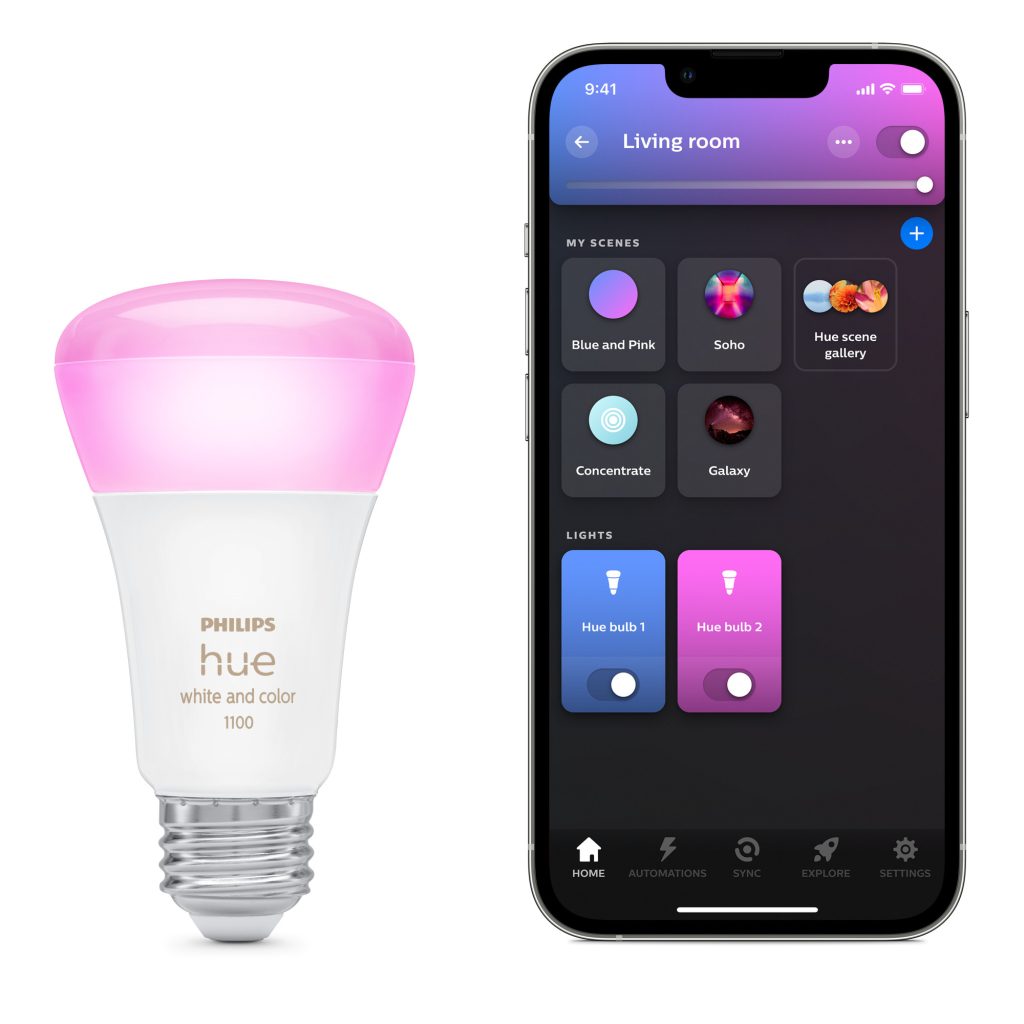
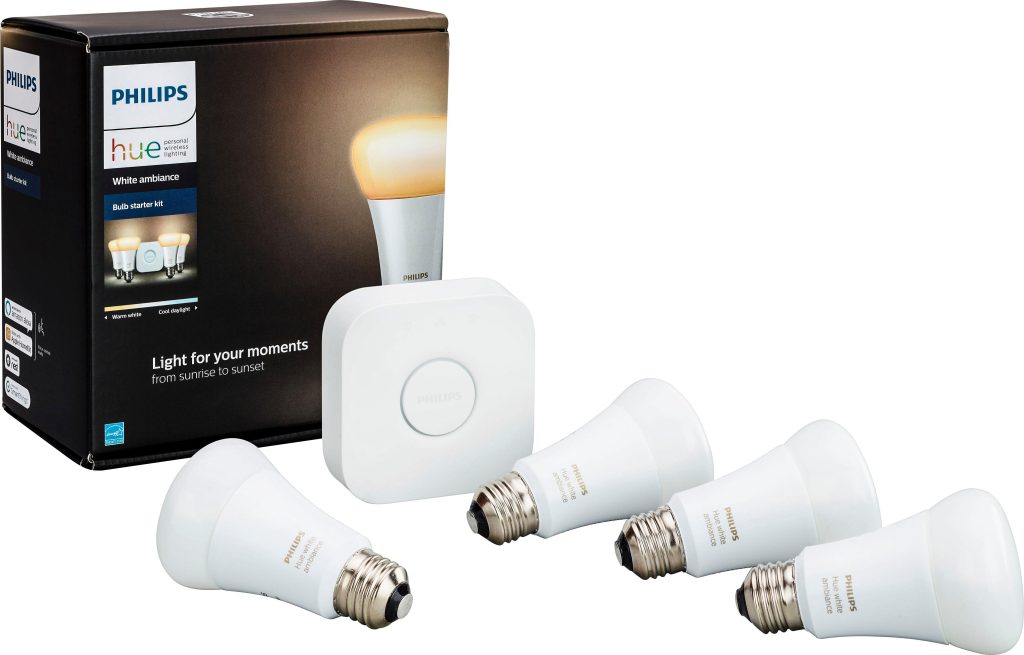




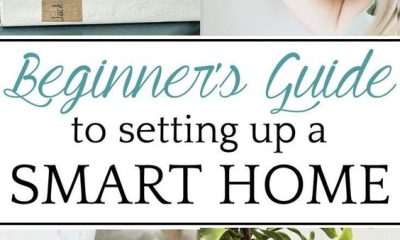

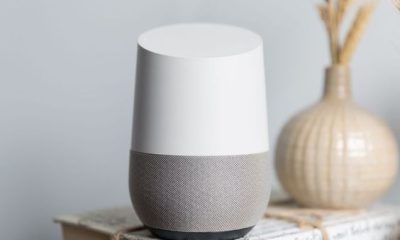



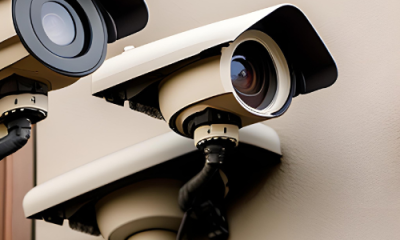












Pingback: Exploring The Best Smart Alarm Systems In 2023 » ArenaHub